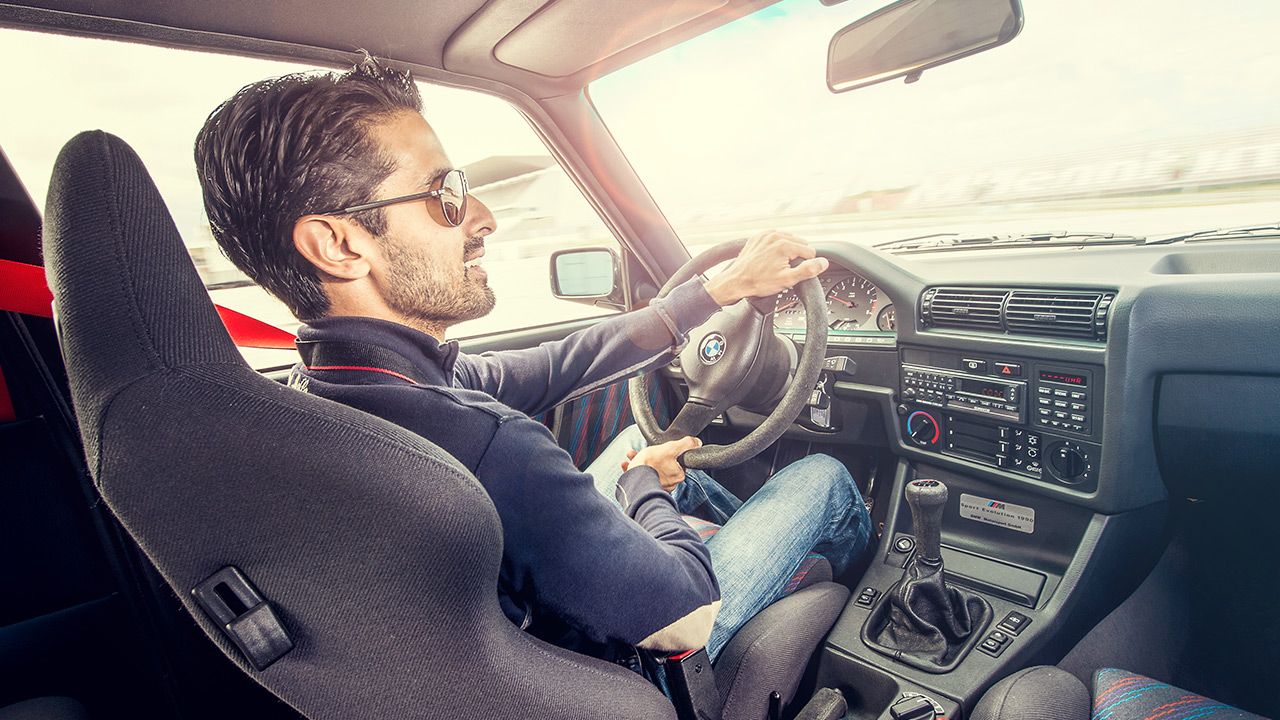
The Volkswagen Group has had its eye on the top spot in the global automotive industry for some time now. Last year, VW came very close to dethroning Toyota, but fell just short in the end. This year, they appear likely to achieve their target of exceeding 10 million units in vehicle sales in a single calendar year. The trouble is that Toyota also appears likely to shatter that historic mark. Well, perhaps to ensure that they have a sufficient margin in future, VW recently announced that they plan to invest a whopping 85.6 billion euros over the next five years towards expansion and development of technology. And it’s not just the money that they plan to spend, but also what they aim to save – which is 5 billion euros through efficiency gains by 2018. A crucial bit of technology that they’ve been working on to help them achieve these goals is a modular scalable architecture known as MQB. Now, this architecture is expected to underpin about 60 models (all with transversely mounted engines in front) from Seat, Skoda, Volkswagen and Audi. In India already, we’ve seen two new models on the MQB platform – the Skoda Octavia and the Audi A3. The advantage of scalable platforms such as these are savings in terms of time and cost in the development stages, and, of course, continued economies of scale. In the case of MQB, a critical advantage could also be its sheer versatility – as it can form the underpinnings of everything from a car the size of the VW Up (a small city runabout) to the much larger Passat (VW’s mid-sized premium sedan). We had the chance to sit down with Dr. Neusser, a VW Board Member and Head of Powertrain Development for the Group, at the Paris Motor Show earlier this year, and he also pointed to the ability to plug-and-play all kinds of technology solutions into these different models based on market requirements and model specifications. The Octavia, for instance, has a torsion beam rear axle on the 2.0 TDI, but a more sophisticated multi-link setup on the more powerful 1.8 TSI. More crucial, though, is the ability to put in advanced technology – such as driver-assistance tech, connectivity, e-mobility, etc. – without having to develop new systems in each instance. His exact words were: “Everything is available already, so you only need to take things out of their respective boxes and put it in the car.” It hasn’t been entirely smooth sailing for VW though. Implementation of a shared architecture like this across a group as large as this is a mammoth task, and a few cracks have already emerged. The company recently parted ways with its production chief after rumours emerged about trouble implementing MQB in some instances. Issues like these, however, are merely bumps in the road for a group with the might of Volkswagen. And that strength comes from the engineers leading the charge – the likes of Dr. Winterkorn, Chairman of the Board of Management, and Dr. Neusser – neither of whom will likely lose too much sleep over a few teething troubles. Let’s just say that if global leadership is what Volkswagen is after, Akio Toyoda is going to struggle to keep the Germans at bay...























Write your Comment